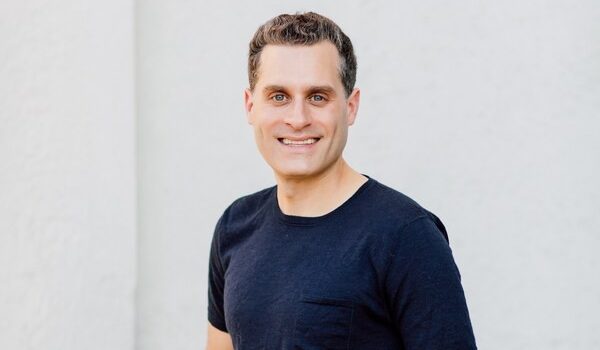You are reading a story from Strategy Ad Tech, a weekly look at the strategies, partners and processes that are helping brands drive innovation and utilize new technology, both internally and with consumers. Have the stories delivered directly to your inbox every Thursday by subscribing to the newsletter.
Myant is a company that works in textile computing, knitting sensors into everyday fabrics and textiles. These sensors can track things from heart rate, respiration and motion to body temperature and medication and chemicals found in the body.
Following a five-month search process involving several agencies, The Turn Lab has been tasked with consumer research, strategic planning, creative, media, ecommerce and consulting in Canada and the U.S. While it is a multi-year assignment, it will be initially focused on a number of new product and platform launches planned for 2020.
Brian Fung, Myant’s marketing strategist, says the assignment will have both B2B and consumer-facing elements to it. In Q1, it plans to launch consumer-facing products under Skiin, a platform for “connected apparel” that will also be its main consumer-facing brand. But it will also be looking to partner with other companies to integrate its technology into their products – though Fung could not fully disclose partnerships it is pursuing, ones in the fitness, health and office sectors are currently in the works.
In May, Myant announced a partnership with Canadian Tire to incorporate its technology into products for its Helly Hansen, Woods and Dakota brands. Specific products have yet to be revealed, but examples the companies have offered include apparel and footwear that uses sensors to keep customers warmer, know when visibility might be low to light up garments for pedestrians and cyclists and connect with smart devices to record performance and health information.
“Canadian Tire is an ideal partner for us, because across all their banners, they intersect all facets of Canadian life,” Fung says. “Home with Canadian Tire, or play through Sport Chek or work through Marks. Those are the areas we want to be in.”
Malina Kaija, co-founder at The Turn Lab, says part of its work will involve educating consumers who are unfamiliar with textile computing about its potential uses. Many of the possibilities Myant sees for its tech is in the health and wellness space, which Fung points out has a wide range of applications, from more advanced fitness tracking to helping children check in on their parents as the population ages.
Fung says the possibilities – and impact – seem much bigger when one considers how pervasive textiles are in our lives. For example, while Woods makes outerwear, it also makes camping gear, including tents, furniture and sleeping bags. Workers in construction and manufacturing are already used to wearing specialized garments for safety. Vehicle interiors are lined with textiles, and they are everywhere in our homes, from furniture to curtains to bed sheets.
“I’m sitting in a chair that is covered in textiles right now,” Fung says. “I’ll get in my car later and sit on textiles there. Each one of those objects can do more and be a way to manage stress or notify people to check up on me. Or give an industry more information to identify me and my behaviour.”
When combined with cloud technology and AI, Fung points out that textile computing could be another source of information autonomous vehicles use to make decisions, or help insurance companies provide better premiums to cyclists that drive safely.
“The benefits we get from being psychically around each other is missing from a lot of the ways technology connects us right now,” Fung says. “If you think of an old village, everyone spent their time in the village square and had a sense of connectedness for what is happening in that community. And someone might have been able to tell someone else that their son is gonna get sick because they saw him running around without his jacket on. We want to give people a better connection to their bodies, other people and the world around us by using something that doesn’t require direct interaction with technology, because it is already all around us.”
























